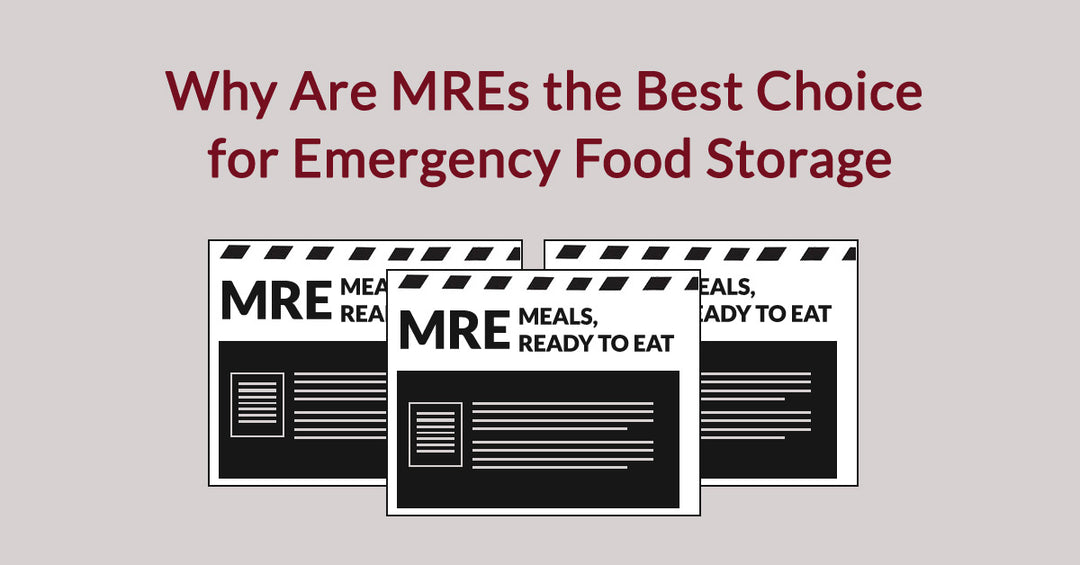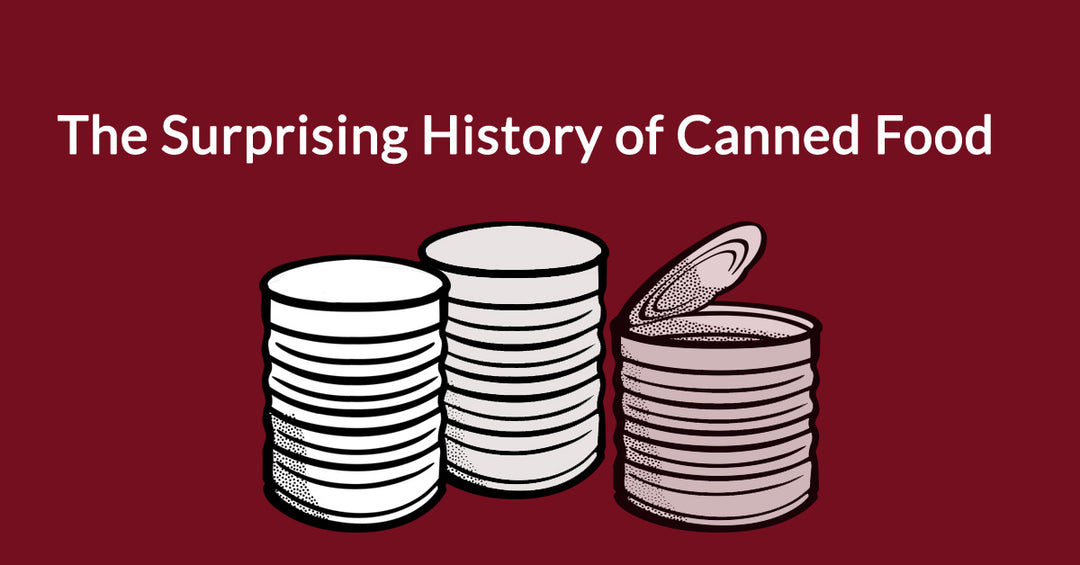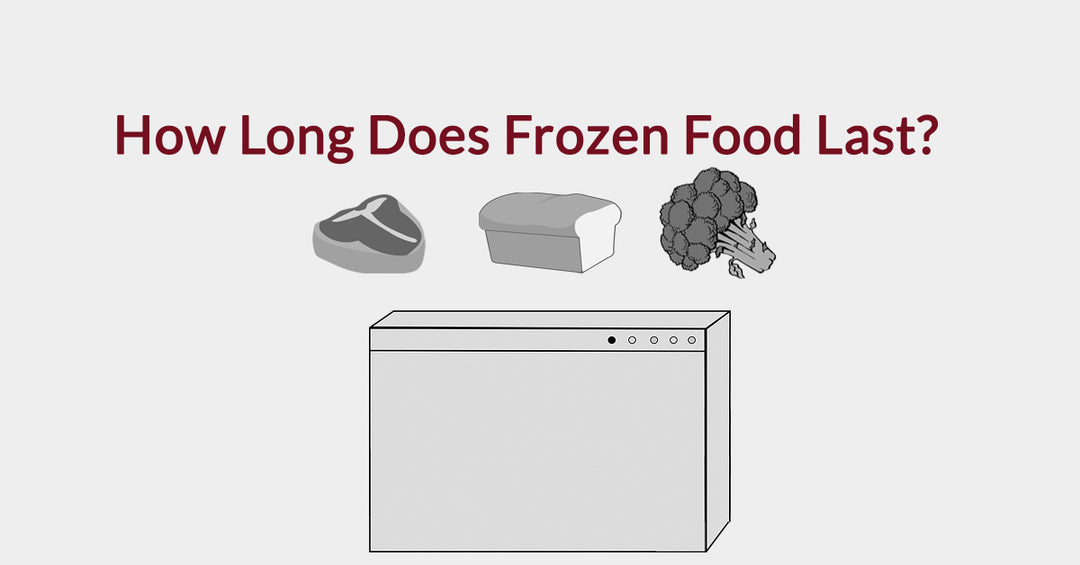US Food Supply Disaster Series: Cedar Fire (October 2003, San Diego County, CA)

In October 2003, San Diego County faced the Cedar Fire, a devastating wildfire that offers crucial lessons beyond the flames—specifically, about food security during natural disasters. This isn't just about fire; it's about how communities feed their own when disaster strikes.
The Cedar Fire's rapid spread forced thousands of suburban families to evacuate quickly, leaving behind food and water. This immediate displacement created a massive challenge: how to feed a suddenly homeless population. The event highlighted the critical need for disaster preparedness at both individual and community levels.
Temporary shelters were quickly overwhelmed. While offering refuge, their logistics for consistently providing nutritious meals and hydration for so many people were strained. First responders, battling the blaze, also struggled to access adequate food and water, showing the vital link between emergency response and logistical support. The Cedar Fire impacted not just families, but also frontline workers and those in temporary accommodations.
Lessons learned from the Cedar Fire were profound, especially concerning food relief. The disaster showed a clear need for faster deployment of food and water to affected areas and evacuation centers. Existing food distribution plans were simply not enough for such a large, fast-moving emergency. It also became clear that fire-adapted shelter logistics were essential – not just a place to stay, but a space equipped to handle sustained food storage, preparation, and distribution amidst chaos.
The Cedar Fire prompted a reevaluation of community resilience and disaster mitigation. It led to improved communication, better coordination among aid organizations, and a focus on pre-positioning resources in wildfire-prone areas. Food banks and non-profits became crucial partners, bridging the gap between immediate need and official aid.
The Cedar Fire remains a powerful reminder: while flames are the immediate threat, secondary impacts, particularly on food security, can be equally devastating. Understanding these challenges is vital for building resilient communities that can effectively respond to future natural disasters, ensuring no one goes hungry or thirsty. This event continues to shape best practices in emergency management and emphasizes the critical role of accessible food and water in any disaster response plan.
Sources:
- CAL FIRE. (2003). The Cedar Fire: A Summary.
- Reports from organizations like the American Red Cross and local food banks involved in 2003 Cedar Fire relief efforts.




